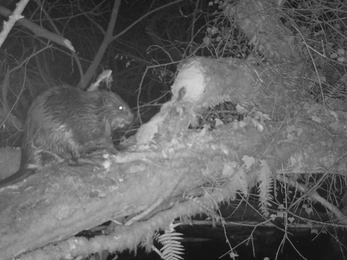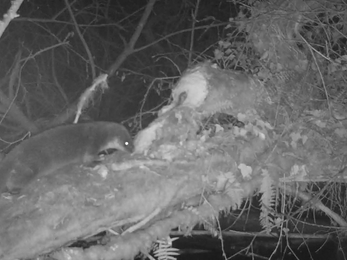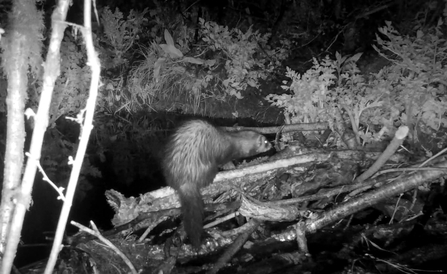We get asked a lot about beaver and otter interactions at our enclosed scientific trial in West Dorset. In today’s blog we’ve pulled together videos from the archive to look at the different mammals being supported by the beaver created wetland and some interaction behaviour.
Before the birth of the kits (beaver young), our two beavers were recorded on automatic trail cameras within two metres of an otter.




